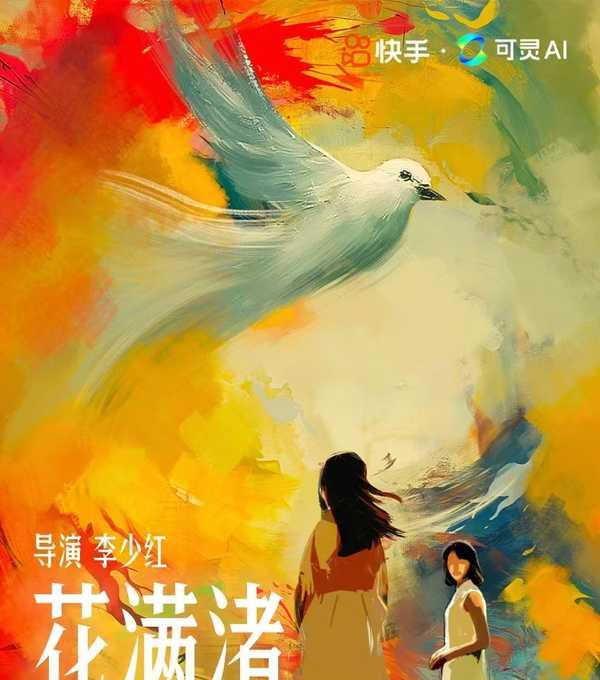AIGC Film Shorts Transform Chinese Cinema
Nine renowned Chinese directors collaborated with Kuaishou’s ERNIE AI to create experimental short films, showcasing both the potential and limitations of AI in filmmaking while exploring diverse genres and storytelling approaches.

The recent premiere of nine AI-generated short films, created through a groundbreaking collaboration between Kuaishou’s ERNIE AI and prominent Chinese directors, marks a significant milestone in China’s film industry. This experimental project demonstrates how artificial intelligence is reshaping traditional filmmaking while highlighting both its capabilities and current limitations.
The directors approached this technological challenge with varying degrees of success. Ye Jintian’s “The Courier” stands out as the most accomplished piece, masterfully leveraging AI’s strengths while circumventing its weaknesses. The black-and-white science fiction narrative about an alien courier searching for a compressed Earth demonstrates sophisticated visual storytelling that carefully works within AI’s current capabilities.
Li Shaohong’s “Flowers Fill the Sand” attempts to weave together female characters from her previous works, creating a meditation on women’s experiences across different historical periods. However, the ambitious project reveals some of AI’s current limitations in maintaining consistent character appearances and costume details throughout sequential scenes.
Jia Zhangke’s “The Harvest” explores themes of rural life and familial duty through the story of a robot returning home to help with the harvest. While conceptually interesting, the execution struggles with AI’s current inability to render consistent human faces and precise movements, particularly in scenes involving multiple characters.
Wang Xiaoshuai’s “Chrysanthemum” takes a more experimental approach, embracing AI’s capacity for visual distortion to create a psychedelic exploration of mental instability. The result is visually striking but narratively abstract, demonstrating how AI might be better suited for certain artistic approaches over traditional storytelling.
The project reveals several key insights about AI’s current role in filmmaking. While AI excels at generating individual scenes with fantastic or surreal elements, it struggles with maintaining visual continuity across sequences and rendering nuanced human performances. The most successful films were those that worked within these constraints rather than fighting against them.
The varying results also highlight how director attitude and understanding of the technology significantly impacted the final products. Those who approached AI as a unique creative tool rather than a replacement for traditional filming techniques generally achieved more compelling results.
These experimental shorts suggest that while AI won’t replace traditional filmmaking anytime soon, it opens up new possibilities for visual storytelling, particularly in genres like science fiction and animation. The technology shows special promise for independent creators who previously lacked access to expensive special effects.
The project represents an important step in understanding how AI might integrate into future film production. While the results are mixed, they provide valuable insights into both the current capabilities and limitations of AI in creative filmmaking, helping chart a path forward as the technology continues to evolve.